Artificial Intelligence has transformed industries at a rapid pace, and one of the most practical applications of AI is workflow automation. As we step into 2025, businesses are no longer asking whether automation is possible, but how they can best integrate AI-driven workflows to achieve efficiency, scalability, and innovation.
AI workflow automation is more than just replacing repetitive tasks with software. It represents a fundamental shift in how organizations manage processes, communicate between systems, and make decisions. In this guide, we will explore what AI workflow automation means in 2025, how it works, why it matters, and how businesses can adopt it to stay competitive in the modern digital economy.
What is AI Workflow Automation?
AI workflow automation is the use of artificial intelligence to streamline, optimize, and execute business processes with minimal human intervention. Traditional automation has existed for years, but AI has taken it further by adding decision-making capabilities, predictive insights, and adaptability to workflows.
Instead of simply following rules, AI-powered systems can learn patterns, detect anomalies, and make real-time adjustments. This makes workflow automation in 2025 far more dynamic than in the past. For example, rather than automating only simple data entry, AI can now handle customer interactions, financial forecasting, fraud detection, and even personalized marketing strategies.
The result is not just efficiency but smarter decision-making and enhanced agility. Businesses can move faster, reduce errors, and create experiences that feel more tailored to both employees and customers.
Why 2025 is a Turning Point for AI Workflow Automation
The year 2025 marks a significant milestone in the evolution of AI automation. Several key trends have converged to make workflow automation smarter, more accessible, and more valuable than ever before.
One reason is the growing availability of generative AI models that allow workflows to not just execute tasks but also create content, analyze unstructured data, and interact conversationally with users. Another reason is the rapid rise of low-code and no-code platforms that make it possible for non-technical business teams to design and deploy AI-driven workflows.
Additionally, cloud computing and edge AI have made it possible to run automated workflows across multiple environments, from enterprise systems to IoT devices. As a result, AI workflow automation in 2025 is no longer limited to large corporations. Small and mid-sized businesses now have access to the same tools, creating a new wave of innovation across industries.
Core Components of AI Workflow Automation
AI workflow automation is built on several foundational components that make it both powerful and adaptable. At the heart of every automated workflow are triggers, actions, and decision points. AI enhances each of these elements by adding intelligence and context.
Triggers in AI automation are not only event-based but also prediction-based. For instance, instead of waiting for a customer support ticket to be created, an AI system might detect frustration in a user’s behavior and automatically initiate support before a complaint is logged.
Actions are also enhanced. Rather than executing static tasks, AI-powered workflows adapt actions based on context. This means emails are personalized, recommendations are optimized, and responses feel human-like.
Decision-making is where AI truly shines. Machine learning algorithms analyze massive datasets to determine the best course of action. Whether it’s deciding which sales lead should be prioritized or predicting supply chain disruptions, AI makes workflows not just automated but intelligent.
Benefits of AI Workflow Automation in 2025
The benefits of AI workflow automation have expanded significantly in 2025, going far beyond cost savings. Businesses now see automation as a driver of innovation, scalability, and customer satisfaction.
One key benefit is productivity. Teams are freed from repetitive, time-consuming tasks and can focus on high-value work that requires creativity and strategy. Another benefit is speed. Automated workflows run 24/7, delivering results faster than manual processes.
AI also enhances accuracy. Errors that often creep into manual work are minimized, while predictive analytics ensure better decisions. Businesses are also leveraging automation for personalization. From customer service chatbots to product recommendations, workflows are now tailored to individual user needs in real time.
Perhaps most importantly, AI workflow automation drives competitiveness. In industries where speed and accuracy define success, companies using AI automation in 2025 are outpacing those that rely on traditional methods.
Challenges and Considerations
Despite its promise, AI workflow automation is not without challenges. In 2025, businesses must carefully navigate issues such as data privacy, ethical AI use, and workforce adaptation.
Data remains the foundation of AI automation. Without quality data, workflows cannot perform optimally. Ensuring clean, accurate, and unbiased data is essential. Security is also critical, as automated workflows often touch sensitive information that must be protected.
Another consideration is workforce transformation. While AI removes repetitive tasks, employees need to be reskilled to manage, monitor, and optimize automated systems. Companies that invest in training will find it easier to integrate AI automation without resistance.
Finally, businesses must consider scalability and governance. As more workflows are automated, maintaining oversight and ensuring compliance with regulations becomes essential. Organizations that build governance frameworks early will avoid problems later.
Real-World Applications of AI Workflow Automation
In 2025, AI workflow automation is no longer a theory. It’s being applied across multiple industries with tangible results.
In healthcare, AI-driven workflows are managing patient records, scheduling, and even diagnostic processes. In finance, automation handles fraud detection, loan approvals, and compliance monitoring. Retailers are using AI workflows to predict demand, personalize offers, and manage logistics.
Even small businesses are leveraging AI to handle marketing campaigns, customer support, and data analysis. The versatility of AI means that no industry is left untouched.
How Businesses Can Implement AI Workflow Automation
Adopting AI workflow automation requires a strategic approach. In 2025, businesses should begin by identifying processes that consume time but provide limited strategic value. These are ideal candidates for automation.
Next, organizations should choose the right platform. The rise of no-code and low-code AI automation tools means businesses don’t need large developer teams to implement workflows. Instead, teams can design automations visually and scale them as needed.
Integration is another critical step. AI workflows must connect with existing systems such as CRMs, ERPs, and communication platforms. The smoother the integration, the faster businesses can see results.
Finally, businesses should measure performance. Automation is not a one-time setup. Workflows must be monitored, tested, and refined to deliver the best results.
Key Takeaways
AI workflow automation in 2025 is smarter, faster, and more accessible than ever before. It enables businesses to achieve efficiency, accuracy, and innovation at scale. From predictive triggers to personalized actions, AI has transformed automation into a dynamic system that adapts to real-world needs.
Companies that embrace AI workflow automation today will be better positioned to compete, grow, and innovate in the years ahead.
Our Opinion
At Soraia, we believe 2025 marks the beginning of a new era in AI workflow automation. The convergence of AI, no-code tools, and advanced integration capabilities makes automation not just a competitive advantage but a necessity. Businesses that fail to adapt risk falling behind, while those that embrace it will unlock new opportunities for growth.
If you’re ready to explore AI workflow automation and need expert guidance, contact us today at +33 769318855 or +39 3513850536 . Our team can help you design, implement, and scale intelligent workflows tailored to your business.
FAQs
What is AI workflow automation?
It is the use of artificial intelligence to automate business processes, adding intelligence, adaptability, and predictive insights to traditional automation.
Why is 2025 important for AI workflow automation?
Because AI models, no-code platforms, and cloud technologies have matured, making automation more powerful and accessible than ever before.
Which industries use AI workflow automation?
Healthcare, finance, retail, manufacturing, and even small businesses now use AI-driven workflows for efficiency and innovation.
Is AI workflow automation secure?
Yes, but businesses must implement strong data security and compliance measures to ensure workflows handle sensitive information responsibly.
Do employees lose jobs due to AI automation?
Not necessarily. While repetitive tasks are automated, employees are often reskilled to manage, optimize, and innovate with automation systems.




.avif)


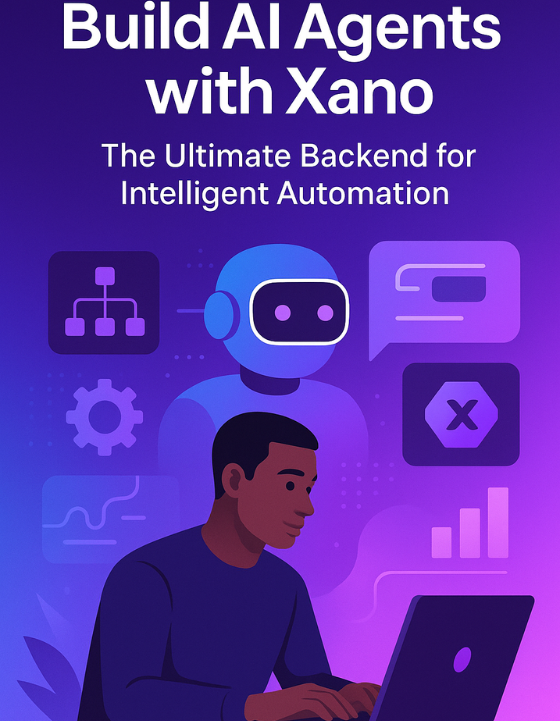
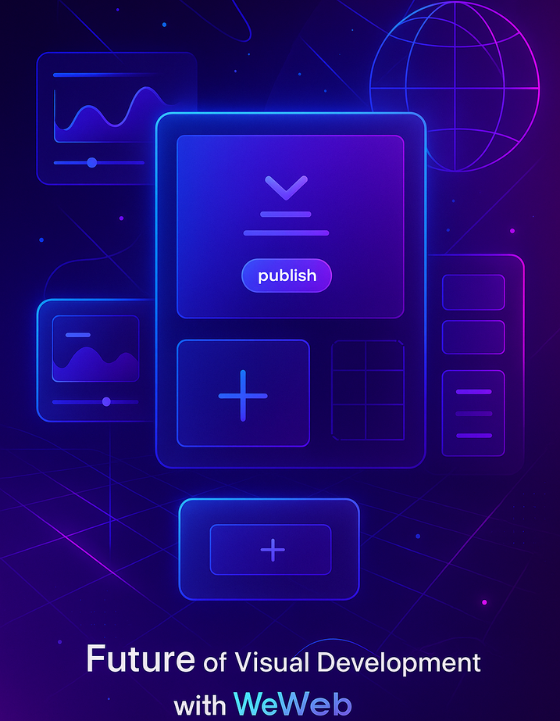
.png)
.png)
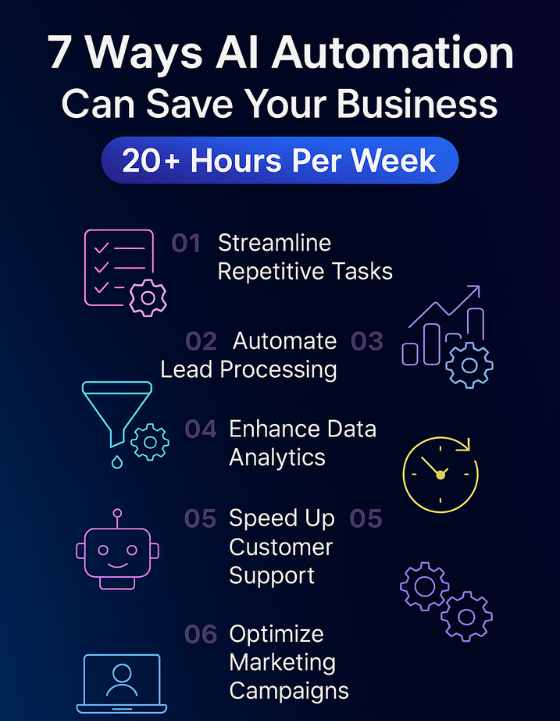
.jpg)
.jpg)
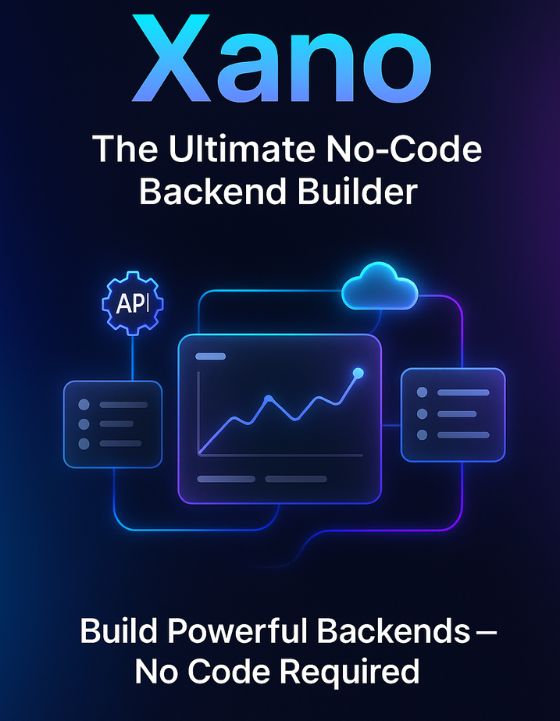
.png)
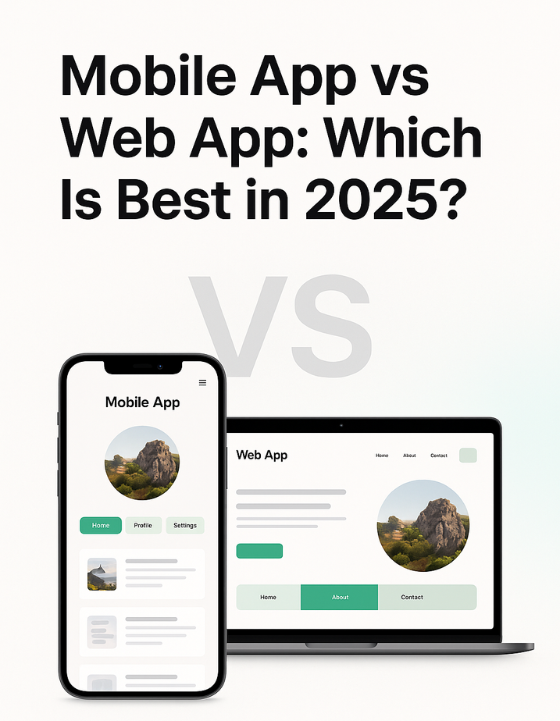
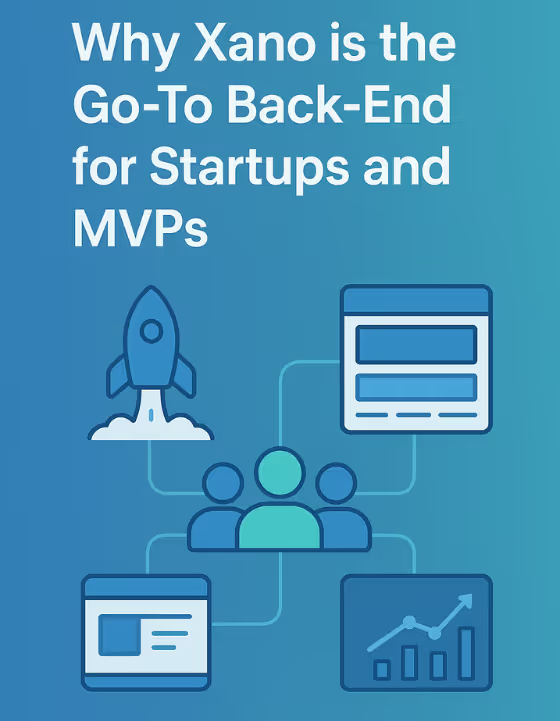



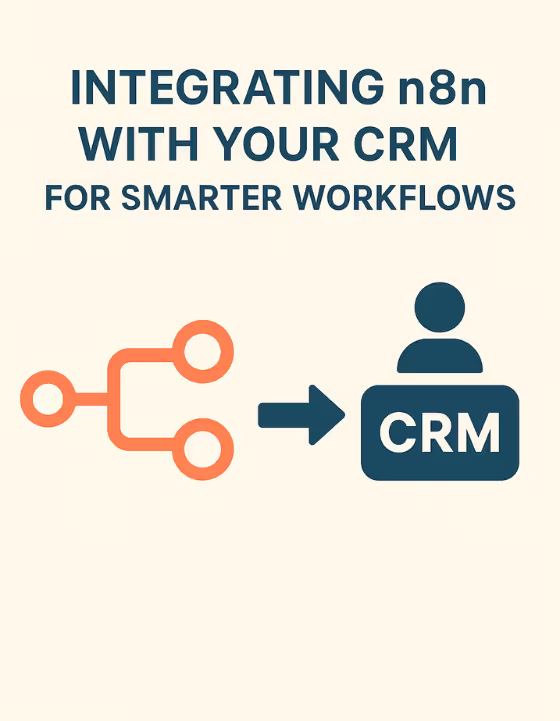
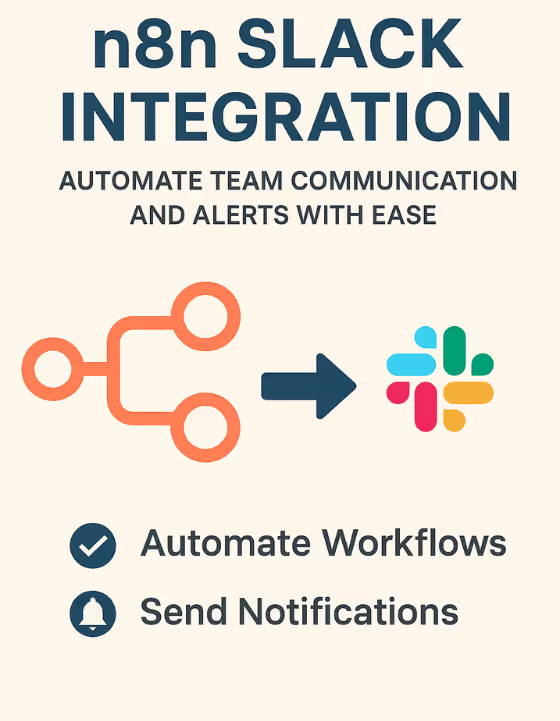



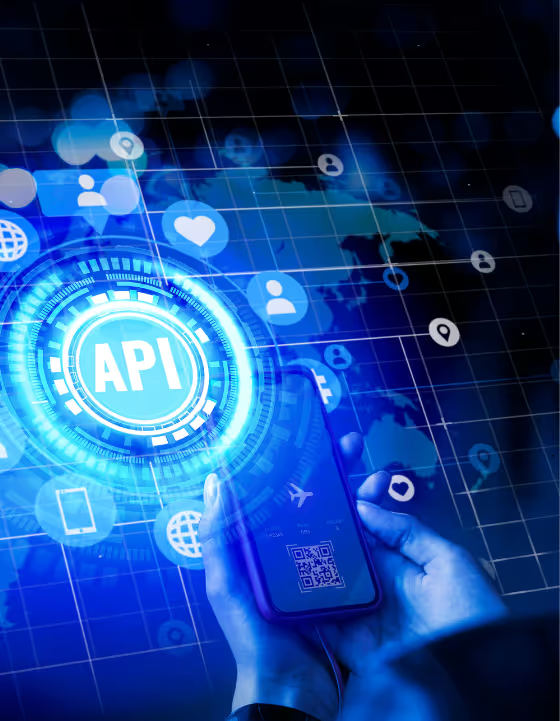







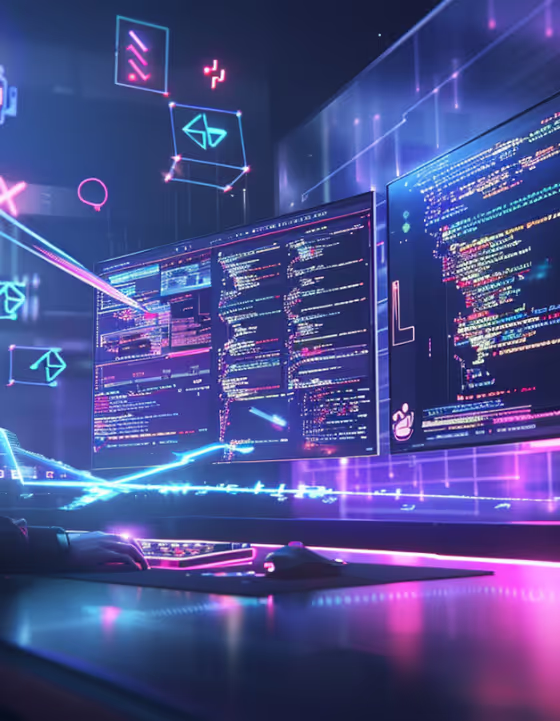

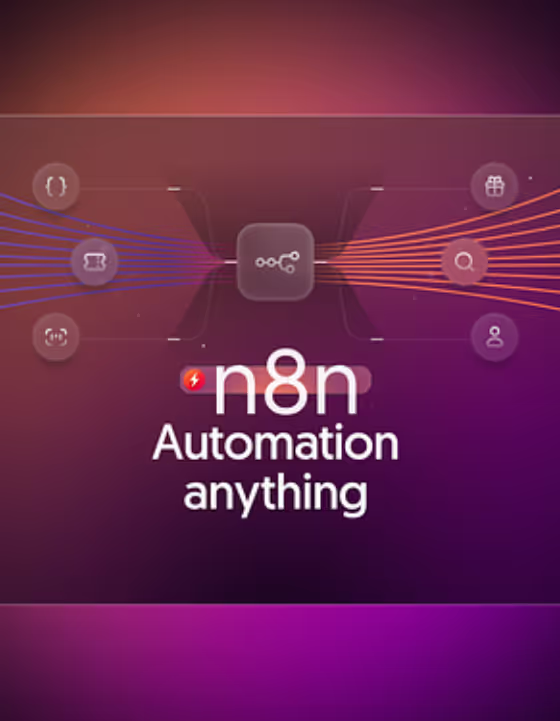


.avif)






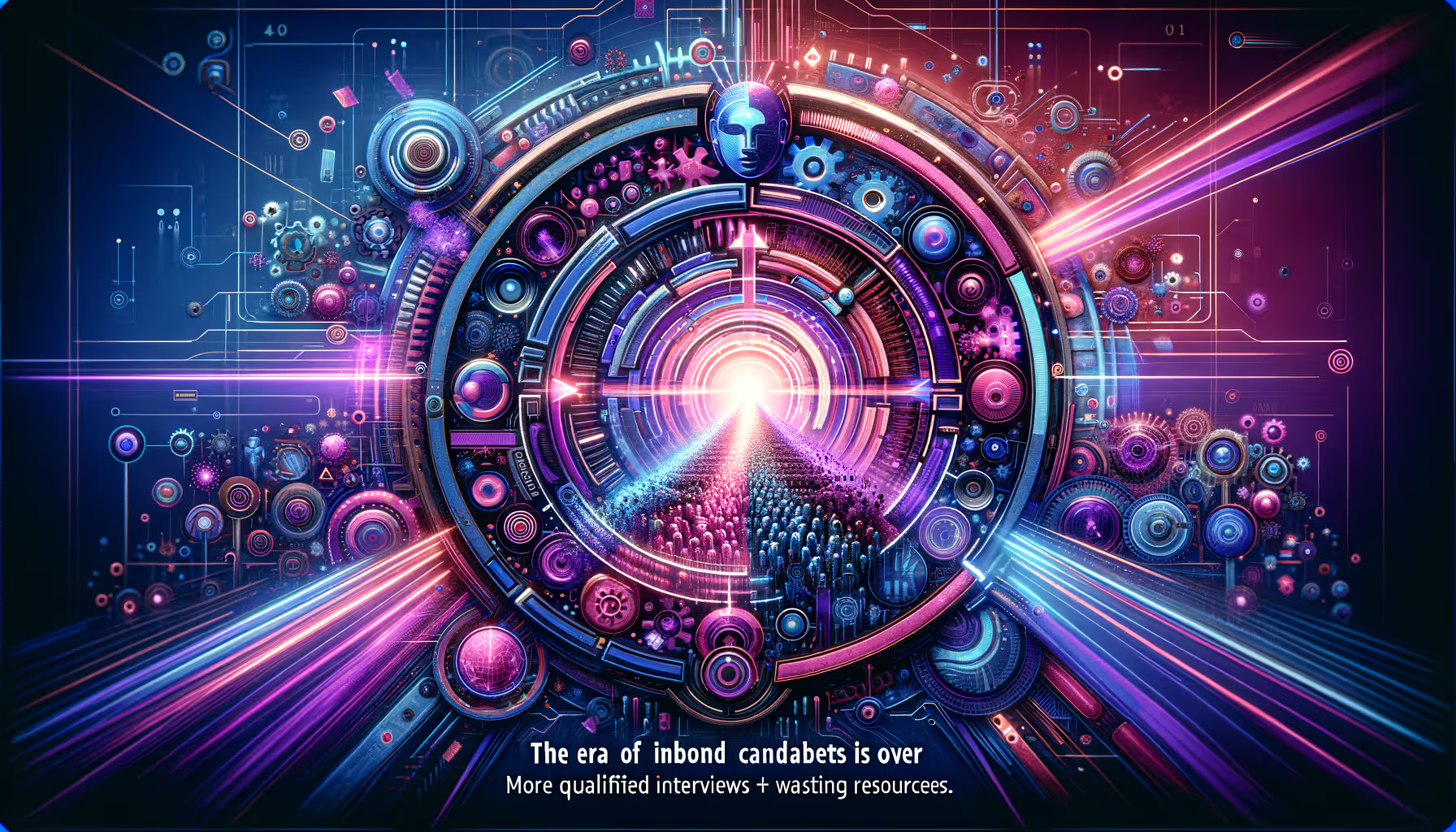

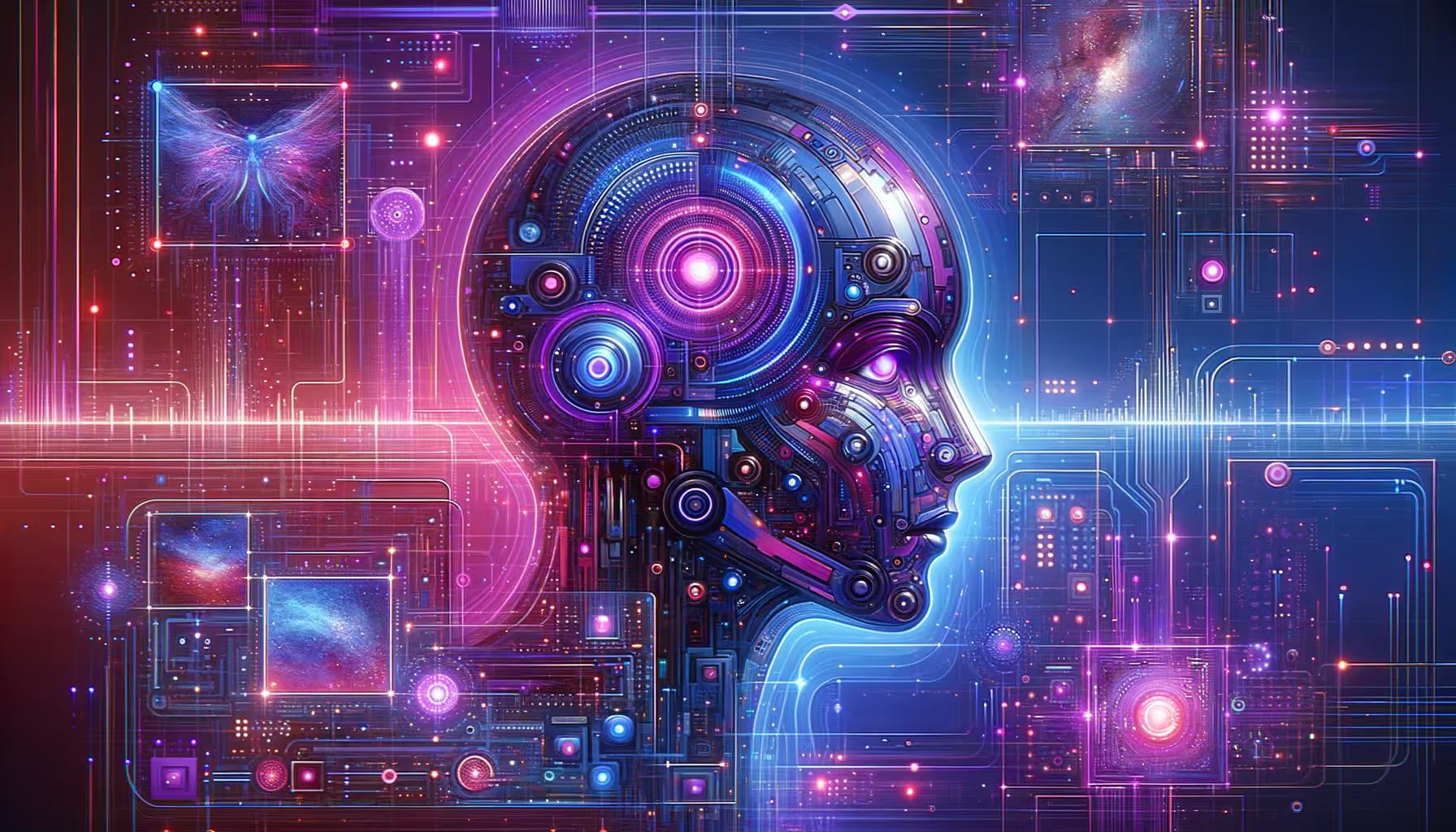

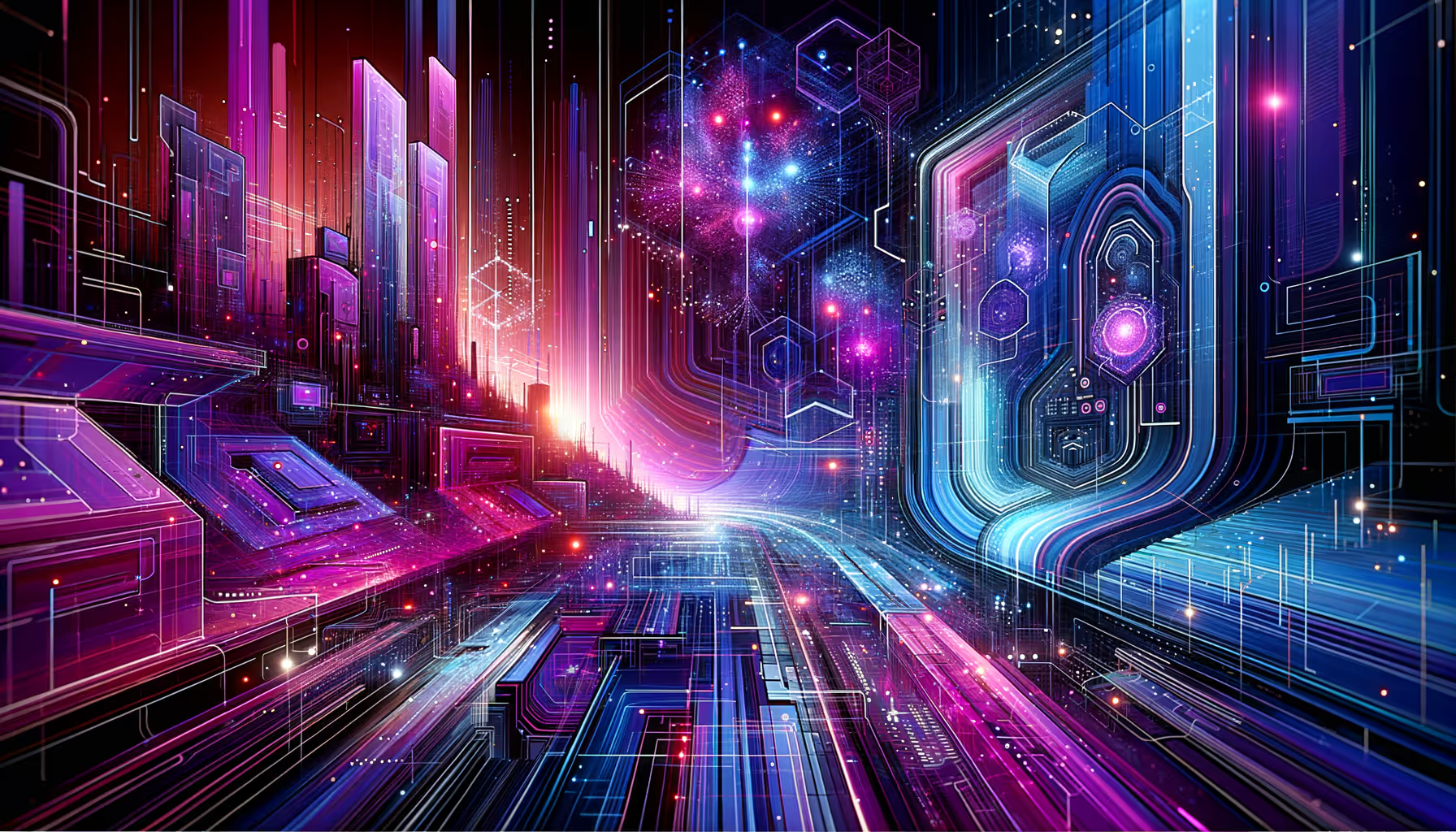












.avif)














.avif)

.webp)





